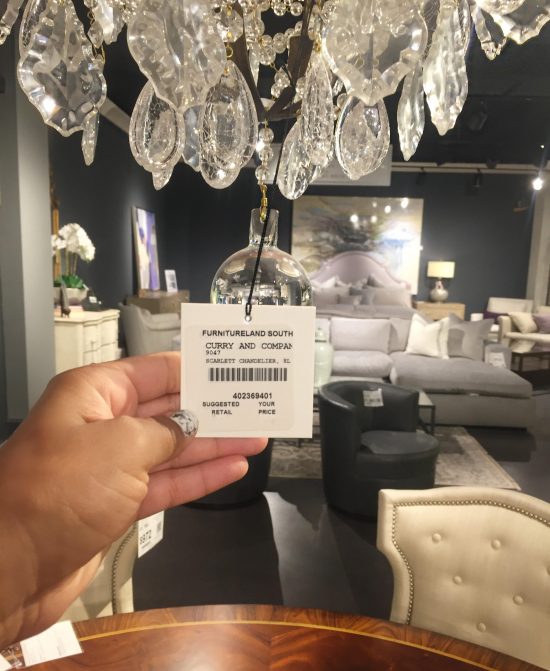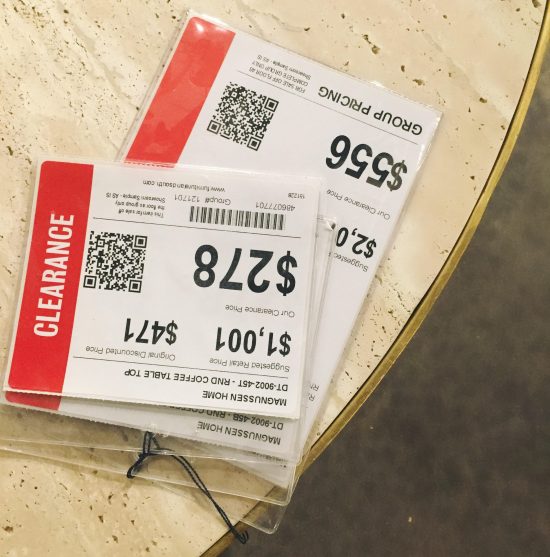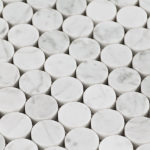Interior design by definition covers an expanse that includes residential, commercial, even nautical spaces – all which I’ve been privileged to work with over the years. As styles and tastes range in preference, each client or partner is unique. They want their home or space to radiate a certain spirit and reflect a particular characteristic. The exact styling is always different; modern will always vary immensely from traditional or art deco. Though the explicit details are specific to the client, the one thing I can say they all usually share is a desire to use funds wisely and effectively.
Anyone who has ever embarked on a design journey will tell you that great work takes time, and it won’t often be low-cost. Achieving the opulence and grandeur many hope to display in their finished projects requires a lot from inception to conclusion. You start with beautiful pictures in your mind and stars in your eyes, hoping that the designer will be able to actualize those images and bring them to life. The whole thing can be quite exhilarating – that is, until you receive the bill for services! No one enjoys anxiously awaiting for the plan’s completion, only to be stunned by the amount of money they now have to shovel out to the designer. So, where does that leave us? Does a beautifully designed space automatically equal an exorbitant price tag? I would argue absolutely not!

If there is one specific thing my clients seek in my service to them and their design needs, it’s catching their vision in a way that meets the budget they’ve allotted. Many designers can create masterpieces with a multi-million dollar account, but what about the clients whose budgets fall significantly below that? I believe the brilliance of artistry to which I aspire lies in the accessibility of luxury. Everyone deserves to have an exquisitely designed space, regardless of the financial factor.
Attaining a million dollar feel isn’t always contingent upon your bankroll. I use a plethora of tips and tricks to achieve an elevated look without breaking the bank. One of the best pieces of advice to start with is understanding the huge difference between inexpensive and being cheap. “Cheap” suggests an inadequacy of quality, and quality is something we never want to compromise! When designing, everything should be done in excellence. I want to walk away knowing that the pieces in the space are of value; that value doesn’t always correspond to a dollar amount. Finding inexpensive items that either resemble more pricey ones or complement the architecture is not only helpful; it’s wise! I mix and match low-end items with higher-end ones to construct a creation that is seamless – so much so that brand names and price tags are a non-factor to the beholder.

One of the ways I do this involves window treatments. Whether it’s blinds, shades, curtains, or some other type, they are by nature terribly expensive. I have found that reasonably priced curtains placed on more exclusive hardware lends itself to a rather ritzy look. Of course, this doesn’t always happen without a great deal of effort. The curtains should be long and heavy with a beautiful draping; those attributes are frequently featured on pricier window treatments. With a bit of retail sleuth work and a lot of luck, finding the right ones are definitely possible.
(Another quick tip? Spring for expensive wallpaper and utilize it an area of your home with less expensive chairs. The detail and splendor of the wallpaper will add such impact to the space, making the entire area feel more upscale.
Creating lavish design is feasible when expertise and experience meet head-on with vision and art. Everyone should be entitled to beauty and dimension in their spaces. As a designer, I love the challenge of helping them acquire it.




replies (0)